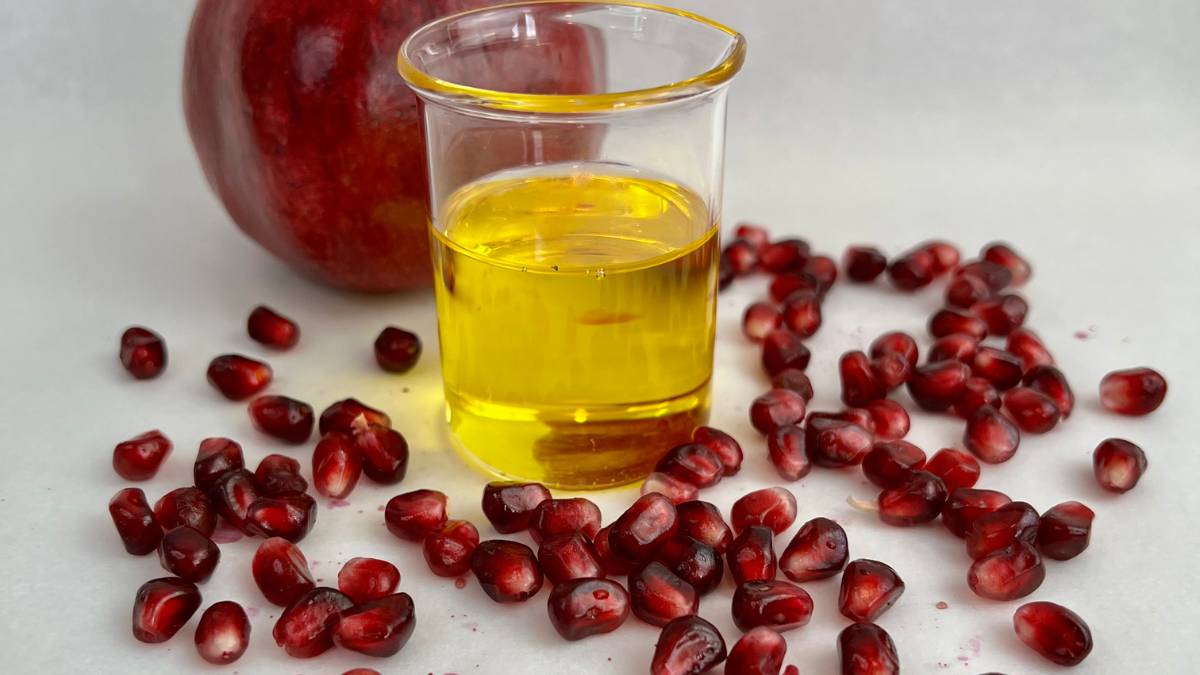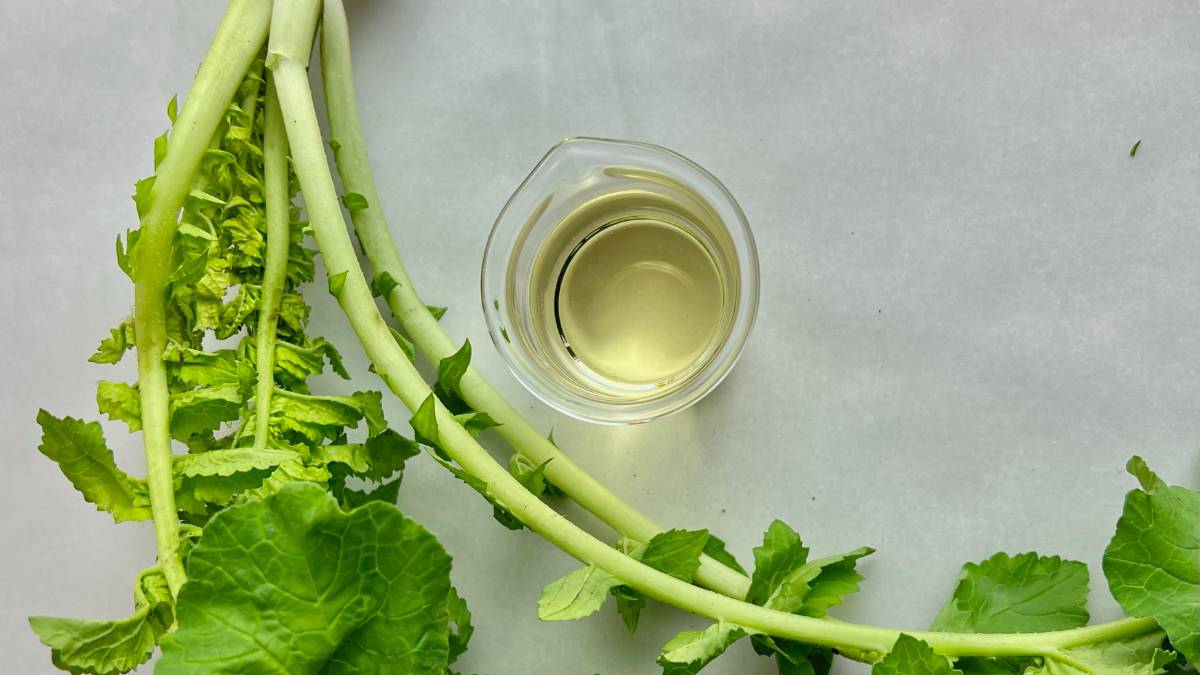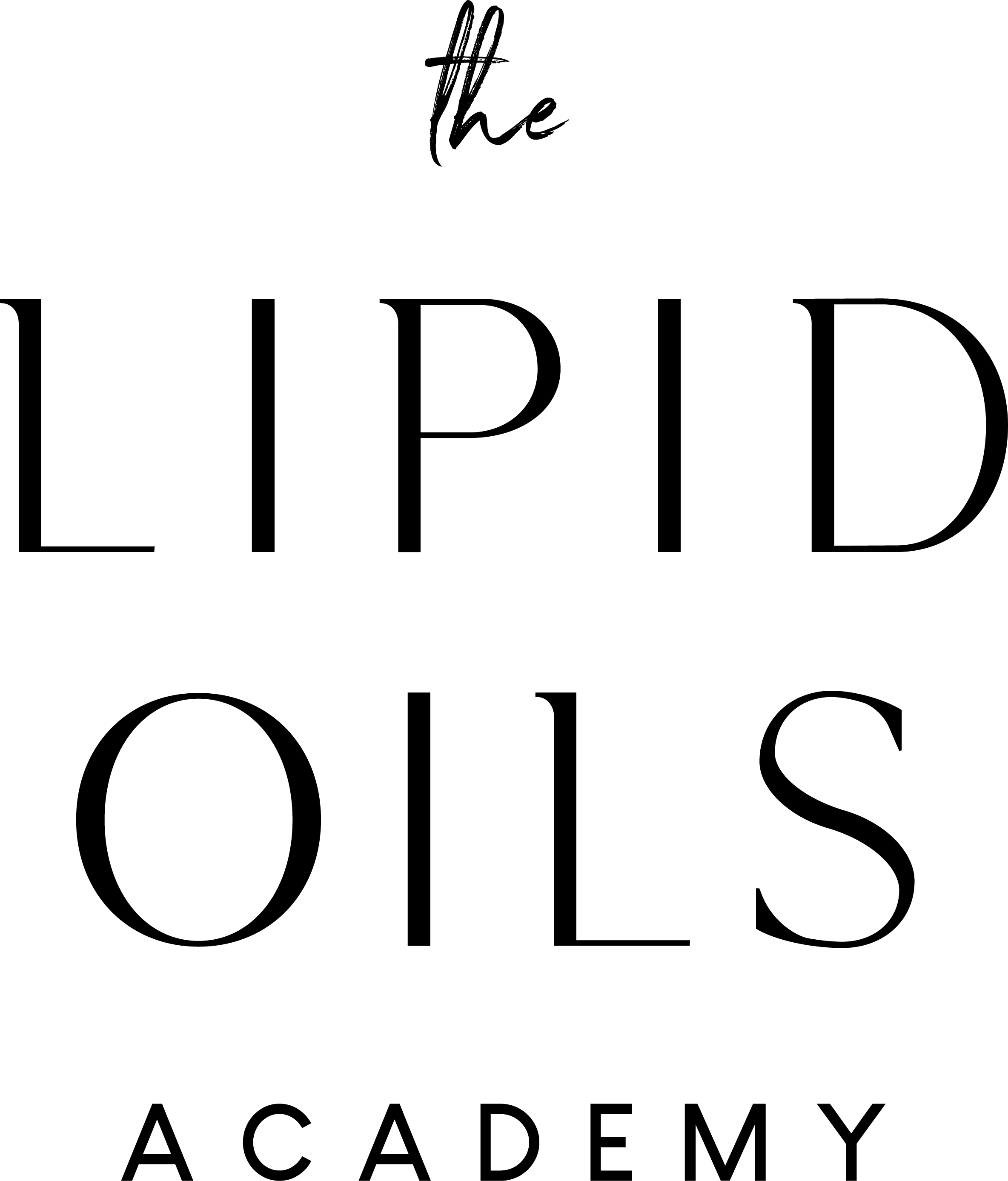The summer months can be especially challenging for our skin. More sun, more heat, and more environmental exposure can all disrupt the skin’s natural balance. Yet, the key to summer skin health isn’t about adding more, it’s often about doing less.
I’ve always found that my skin thrives when I keep things simple. No harsh peels, no stripping cleansers, just gentle support for what the skin does best: repair and renew itself naturally.
This philosophy isn’t just a personal preference, it’s supported by the science of skin health.
Our skin is an active, self-repairing organ that performs a wide range of protective and renewing functions.
The outermost layer, the stratum corneum, is a living structure that:
- Maintains moisture and hydration
- Shields us from environmental stressors
- Signals the lower layers to repair and renew
These functions work together to keep our skin healthy, even as we age.

Pomegranate seed oil
The Role of Lipids and Oils
When the skin barrier is compromised, often from aggressive exfoliation, over-cleansing, or environmental stress, moisture is lost and inflammation can take hold.
This can accelerate the visible signs of aging: fine lines, loss of elasticity, and a dull, uneven tone.
In summer, supporting the skin’s barrier with the right kinds of lipids, those that mimic its own natural structure, can make all the difference.
Jojoba and meadowfoam contain long-chain fatty acids that help the skin lock in moisture and stay calm under stress.
Oil in the brassica family also contain these protective long-chain fatty acids, a few examples are Abyssinian oil, watercress seed oil and radish seed oil.

Daikon Radish Seed Oil
Sterol-rich oils like watermelon, wheat germ, prickly pear, coffee bean oil and pomegranate seed oil, can help reduce inflammation, restoring skin to its natural resilience.
These are just a few examples of the lipid oils that help restore and support skin barrier health.
Let the Skin Do Its Work
The most important thing to remember is that our skin is not inert. It is intelligent, adaptable, and designed to care for itself, if we allow it.
When we choose gentle, supportive care over harsh interventions, we give the skin the space it needs to maintain its own resilience.
I’ll be sharing more on this topic soon in my upcoming course on Skin Barrier Repair and Anti-Aging.
For now, I hope this offers a helpful perspective as you consider your summer skincare rituals. Let your skin do what it does best: renew, protect, and care for you in return.
I’d love to hear from you, what has been your biggest struggle with your skin this summer?
Do you find that “less is more” works for you, or are you still looking for the right balance? Share your thoughts in the comments, I always learn so much from the conversations we have here.
August 10th, 2025
Update: The new course on Repairing Skin Resilience is ready!

Have started to get discoloration on my face and crepy skin is getting worse.
Hi Beth, For the coloration changes the best oil is pracaxi (pra-ca-shy) It is a South American oil and will also help with the crepey skin. Alternatives that may be easier to find are baobab, Abyssinian, or meadowfoam seed oils. Use any oil or combination of oils you choose generously after washing and let it soak into the skin.
Rosacea :(. Thank You!
Hi Ana, Rosacea is a form of inflammation and Evening primrose or borage oil can help here. They can be mixed with other oils like watermelon, rice bran, or wheat germ. The second three oils are high plant sterols which are also anti-inflammatory. Most oils have them but these three happen to be extra generous.
Thank you dear Susan. Actually I avoid the two first ones once they have quite a short shelf life. is rice bran, wheat germ and jojoba oil a good combination? Grateful.
I know my dry tired eyelids enjoy an occasional damp
herbal tea bag refresher moment – Scott Species